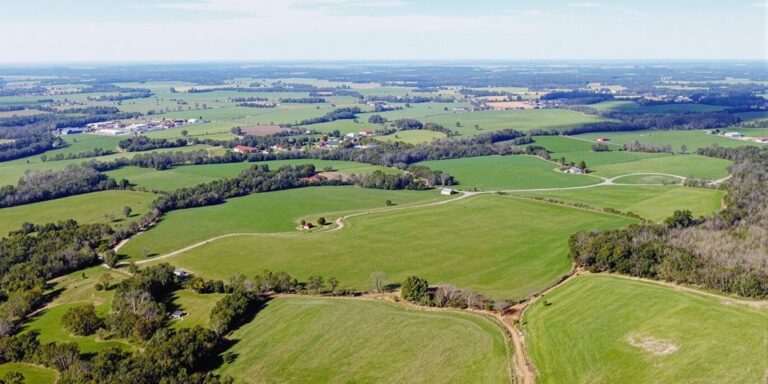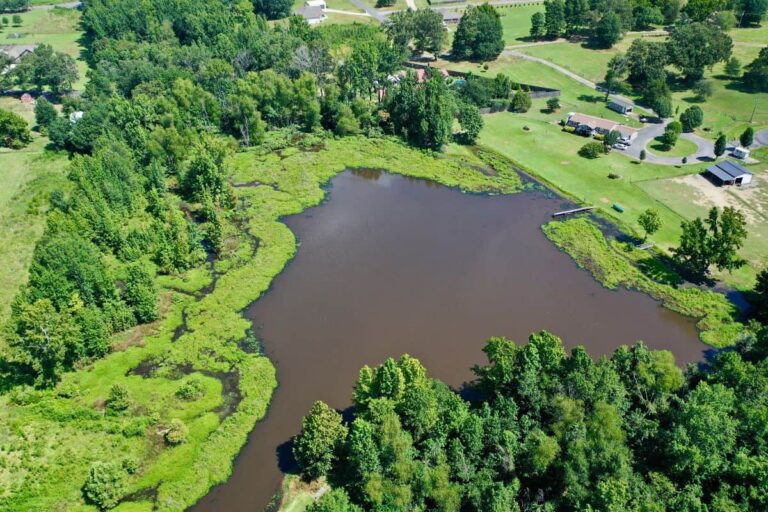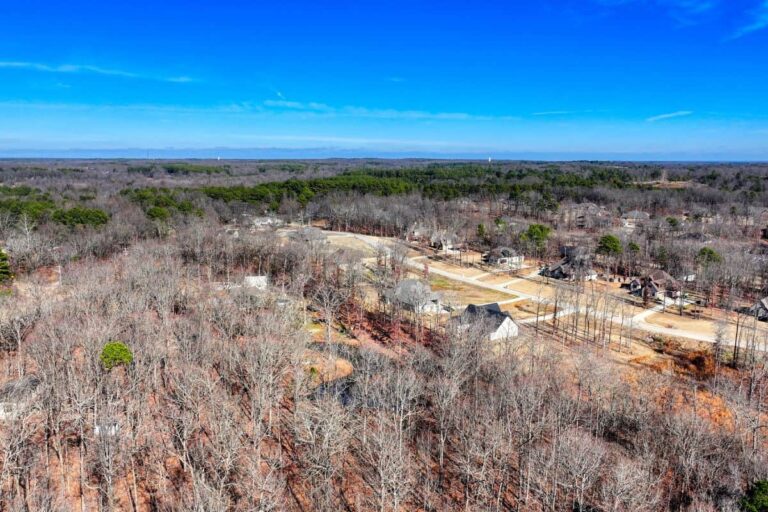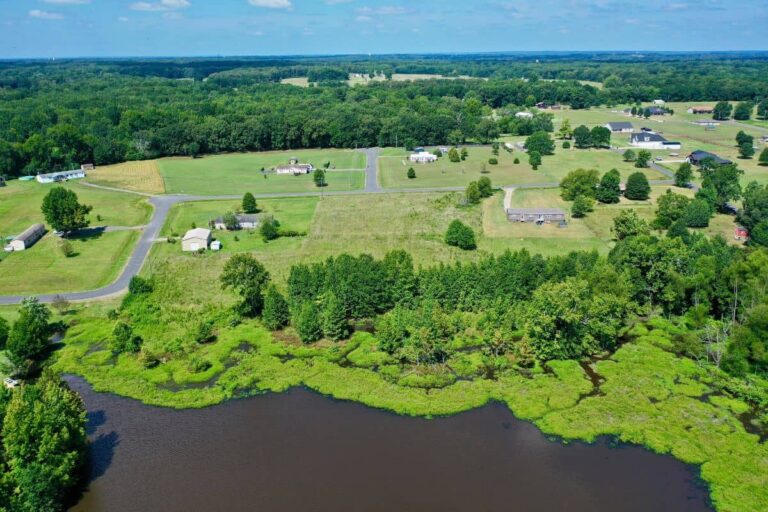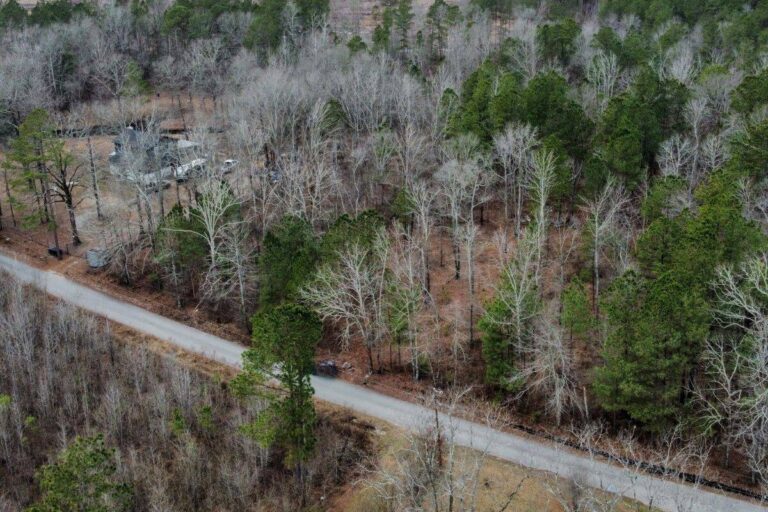As we look ahead to 2025, the Arkansas land market is shaping up to be a mix of excitement and challenge. Different regions are showing unique trends, with some areas experiencing rapid growth while others remain stagnant. Whether you’re a buyer, seller, or investor, understanding these dynamics is key. This article dives into the hottest markets, the supply and demand landscape, and what the future might hold for land values in the Natural State.
Key Takeaways
- Northwest Arkansas is booming with properties selling quickly and high appreciation rates, making it a hotspot for investors.
- Rural areas like Garland and Baxter counties offer affordable options with strong demand, presenting good opportunities for buyers.
- There’s a significant gap in property selling times between fast-moving and slow markets, requiring tailored strategies for each region.
- Urban land prices are rising faster than rural ones, reflecting different economic pressures and buyer interests.
- Understanding turnover ratios helps assess market health, highlighting areas with high activity versus those with slower sales.
Arkansas’s Hottest Land Markets for 2025
Understanding Turnover Ratio: The Key Market Temperature Gauge
When trying to understand Arkansas’s land markets, the turnover ratio is a key indicator. It shows the percentage of listings that sell within a year. A higher ratio means demand is greater than supply, and properties are selling quickly.
Where the Action Is: Arkansas’s Market Hotspots
Some areas are seeing more action than others. Here’s a quick look at where things are heating up:
- Northwest Arkansas Boom: Benton County is leading the way with a high turnover. Washington County is also showing strong growth.
- Central Arkansas Activity: Pulaski County (Little Rock) is maintaining strength, and Garland County (Hot Springs) is seeing remarkable demand.
- Recreational Hotspots: Counties with significant water access are also performing well.
In these fast-moving markets, it’s important to be prepared. Have your finances in order and know what you want. Hesitation can cost you the deal, especially in Northwest Arkansas and the Little Rock area.
Key Takeaways from Market Trends
Arkansas’s land market in 2025 shows some big differences. Northwest Arkansas properties are selling fast, while rural Delta counties are taking much longer. This county-by-county breakdown helps identify opportunities. Northwest Arkansas is great for growth-focused investors, while recreational counties offer reasonable prices with good demand. The difference in days on market requires different strategies depending on the location.
Arkansas’s Most Active Land Markets: Supply vs. Demand

Inventory vs. Sales: Where the Volume Lives
This section is all about figuring out which counties in Arkansas are seeing the most action when it comes to land. We’re looking at the balance between how much land is currently listed for sale (inventory) and how much land is actually being sold each year. This helps us see where the market is most dynamic and where you might find the best opportunities.
Volume Centers: Arkansas’s Real Estate Powerhouses
Some areas of Arkansas are just busier than others when it comes to land sales. Here’s a quick rundown:
- Northwest Arkansas is a major player. Benton County and Washington County lead the pack in terms of sheer volume of transactions. This reflects the strong economic growth happening in that part of the state.
- Central Arkansas, especially around Little Rock, is also quite active. Pulaski, Saline, and Faulkner counties all see a lot of movement.
- Don’t forget about recreational areas like Garland County (Hot Springs), where there’s also significant activity.
Market Dynamics: Understanding Activity Levels
Understanding how long properties stay on the market (Days on Market, or DOM) is super important. It tells you how quickly land is selling. Lower DOM generally means higher demand.
If you’re selling, these active markets are great because there are lots of potential buyers. If you’re investing, these areas offer easier entry and exit strategies because the market is more liquid. Just be aware that faster markets might mean you pay a premium.
Here’s a simplified table showing how DOM can influence strategy:
| Market Speed | DOM | Strategy
The Urban-Rural Price Divide in Arkansas Land Markets
Location Matters: Understanding the Value Gap
When it comes to Arkansas land, location is super important. The price of land can change a lot depending on where it is. Land near cities costs more than land in the countryside. It’s just how it is.
Market Pressures: Urban vs. Rural Dynamics
Urban areas are expensive because there’s a lot of demand. Everyone wants to be close to jobs, stores, and fun stuff. Rural areas are cheaper, but they might not have all the same things. It’s all about what you value most.
The Impact of Economic Activity on Land Prices
If a town has a lot of jobs, land prices go up. If a town doesn’t have many jobs, land prices stay low. It’s pretty simple. Think about it like this:
- More jobs = more people.
- More people = more houses.
- More houses = higher land prices.
Land prices in Arkansas are all about location and the economy. If you want cheap land, go rural. If you want to be close to everything, be prepared to pay more.
Investment Strategies for Arkansas Land Buyers
Navigating Fast-Paced Markets: Quick Exit Strategies
In Arkansas’s faster land markets, the name of the game is speed. The key is to identify properties with high turnover ratios, indicating strong demand and quicker potential for resale. This often means focusing on areas closer to urban centers or those with immediate development potential.
- Prioritize properties with clear zoning and development approvals to reduce delays.
- Consider smaller parcels that appeal to a wider range of buyers.
- Be prepared to act quickly and decisively when opportunities arise.
In these markets, thorough due diligence is still important, but the ability to close deals rapidly can be a major advantage. Don’t get bogged down in endless negotiations; know your limits and be ready to walk away if the terms aren’t right.
Long-Term Value in Slower Markets
Slower markets offer a different set of advantages for land buyers. While quick profits may be harder to come by, these areas often present opportunities for long-term appreciation and value creation. Think about land banking or recreational leasing.
- Focus on properties with unique features, such as timber resources or water access.
- Consider larger tracts of land that may have future development potential.
- Be patient and willing to hold onto the property for several years.
Identifying Emerging Opportunities
One of the most rewarding investment strategies is to identify emerging opportunities before they become mainstream. This requires a keen understanding of market trends and a willingness to take calculated risks. Look for areas that are experiencing population growth, infrastructure improvements, or economic development.
- Research planned infrastructure projects, such as new highways or utilities.
- Monitor economic development initiatives, such as new businesses or industries.
- Talk to local experts, such as real estate agents and developers, to get their insights.
| Factor | Emerging Market Example | Potential Benefit |
|---|---|---|
| Infrastructure | New highway planned | Increased accessibility and property values |
| Economic Growth | New factory opening | Job creation and increased demand for housing |
| Population Growth | Influx of new residents | Higher rental rates and property appreciation |
Market Trends Influencing Arkansas Land Values

Appreciation Rates Across Regions
Arkansas’s land values aren’t moving in lockstep. Some areas are seeing significant jumps, while others are more stable. Northwest Arkansas, for example, has experienced impressive appreciation, driven by population growth and economic expansion. Meanwhile, the Delta region might see slower, steadier gains. Understanding these regional differences is key to making smart investment decisions. It’s not just about buying land; it’s about buying in the right place.
The Role of Infrastructure Development
Infrastructure projects can dramatically alter land values. A new highway, a water line extension, or even improved internet access can make previously undesirable land much more attractive. Keep an eye on planned infrastructure improvements in your target areas. These projects often signal future growth and increased property values. For example, areas near the proposed highway expansion are likely to see a boost in land prices.
Economic Drivers Impacting Land Prices
Arkansas’s economy plays a huge role in land values. A diverse economy, with multiple industries, tends to create more stable and sustainable growth. Counties reliant on a single industry might experience booms and busts, leading to unpredictable land values. Look for areas with a mix of agriculture, manufacturing, and tourism to find more resilient markets.
Economic factors are the backbone of land value. A strong local economy translates to more jobs, more people, and ultimately, more demand for land. Understanding these economic drivers is crucial for predicting future trends and making informed investment decisions.
Here’s a simplified look at how different economic factors can influence land prices:
| Economic Factor | Impact on Land Prices |
|---|---|
| Job Growth | Increases demand, driving prices up |
| Interest Rates | Lower rates can increase affordability, boosting prices |
| Commodity Prices (Ag) | Higher prices can increase farmland values |
It’s also important to consider the options for real estate in Arkansas and how they compare to other states.
Understanding Arkansas Land Market Liquidity

Turnover Ratios: A Measure of Market Health
Turnover ratios are super important when you’re trying to figure out how healthy the Arkansas land market is. Basically, it tells you how fast properties are selling. A high turnover ratio means land is selling quickly, which usually points to a strong, active market. A low ratio? Well, that means things are moving slowly, and it might take a while to sell your land. It’s a key indicator of market liquidity.
Liquidity Challenges in Rural Areas
Selling land in rural Arkansas can be a different ballgame than selling in more populated areas. You might find that it takes longer to find a buyer, and you might not get as much money for your property. This is because there are fewer people looking to buy land in these areas, and the demand just isn’t as high. It’s just something to keep in mind if you’re thinking about selling or investing in rural land.
Strategies for Enhancing Market Liquidity
Okay, so you’re trying to sell land in a market that’s not exactly booming? Here are a few things you can try to speed things up:
- Get good photos: Seriously, make sure your property looks its best. High-quality photos can make a huge difference.
- Provide detailed info: The more information you can give potential buyers, the better. Think about things like soil quality, water access, and any other features that might be attractive.
- Consider owner financing: This can open up your property to a wider range of buyers who might not be able to get traditional financing.
Sometimes, it’s just about being patient and waiting for the right buyer to come along. Don’t get discouraged if it takes a while. The right marketing and pricing strategy can make all the difference.
Forecasting Future Trends in Arkansas Land Markets

Anticipating Changes in Buyer Behavior
Buyer behavior in Arkansas is expected to shift a bit over the next few years. We’re likely to see more interest from younger buyers and those looking for sustainable living options. This means properties with potential for small-scale farming or eco-friendly features could become more attractive. Also, expect buyers to be more tech-savvy, relying heavily on online resources and virtual tours before making a move.
The Influence of Economic Conditions
Economic conditions will continue to play a big role in shaping the Arkansas land market. Interest rates, inflation, and job growth are all factors to watch. If the economy stays strong, demand for land should remain steady, especially in growing areas. However, any economic downturn could cool things off, leading to price adjustments and longer selling times.
Long-Term Projections for Land Values
Long-term, Arkansas land values are projected to keep climbing, but at a more moderate pace than we’ve seen recently.
- Infrastructure improvements, like new highways or utilities, will boost values in certain areas.
- Population growth, especially in Northwest Arkansas, will keep demand high.
- Changes in agricultural practices and technology could also impact land use and values.
It’s important to remember that real estate is local. What happens in one county might not reflect the trends in another. Doing your homework and working with a local expert is key to making smart land investments.
Final Thoughts on Arkansas’s Land Market for 2025
As we wrap up our look at the Arkansas land market for 2025, it’s clear that things are shifting. Northwest Arkansas is on fire, with properties flying off the shelves in record time. But don’t forget about the slower markets in the Delta; they might not be as flashy, but they offer unique opportunities for those willing to wait. Whether you’re looking to buy, sell, or invest, understanding these trends is key. Keep an eye on turnover ratios and local demand, and you’ll be better prepared to make smart decisions. The landscape is changing, and being informed will help you navigate it successfully.
Frequently Asked Questions
What is the turnover ratio in Arkansas’s land market?
The turnover ratio shows the percentage of land listings that sell in a year. A higher ratio means more properties are selling quickly.
Which areas in Arkansas are the most active for land sales?
Northwest Arkansas, especially Benton and Washington Counties, are the hottest markets, with properties selling very fast.
How do urban and rural land prices compare in Arkansas?
Urban areas tend to have higher prices due to more demand, while rural areas are usually cheaper but may take longer to sell.
What should I consider when investing in Arkansas land?
Look for areas with good growth potential, check local development plans, and be ready for different strategies based on how fast properties sell.
How can I determine the best time to buy land in Arkansas?
Keep an eye on market trends and turnover ratios. Buying in a slower market can offer better long-term value, while fast markets may need quicker decision-making.
What factors influence land prices in Arkansas?
Prices are affected by location, economic activity, and infrastructure development. Areas with new roads or businesses usually see higher values.

